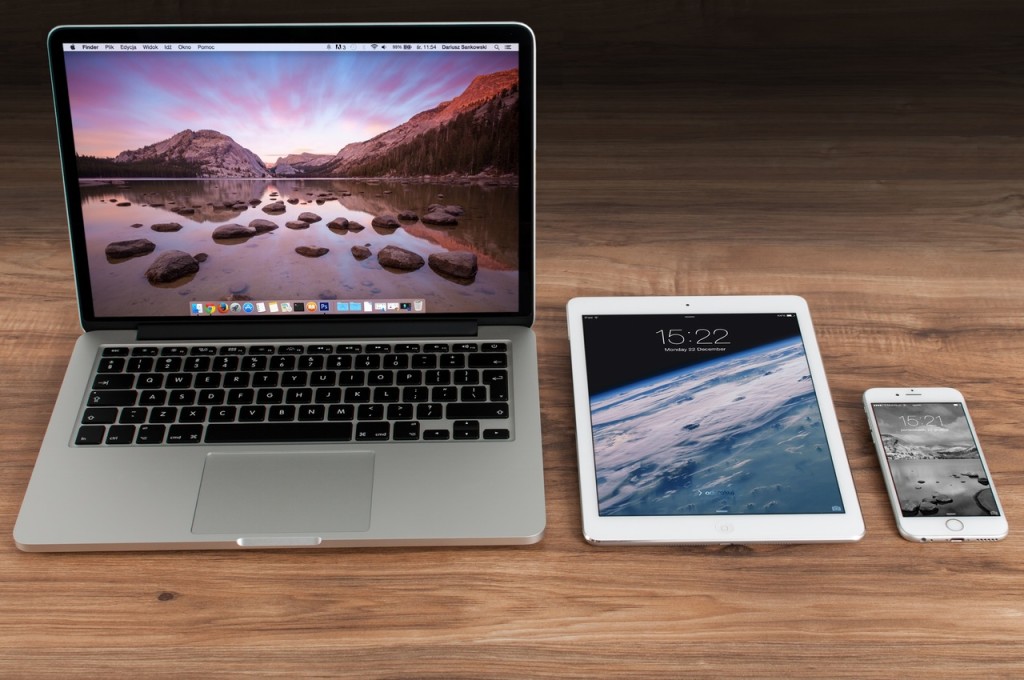We now live in this digital age where the average consumer habitually shops for and purchases products and services via computers or portable electronic devices. Because of this trend, retailers understood that they had to improve on their e-commerce and retailing strategies. The big retail chains like Costco, Target and Wal-Mart have devised a number of strategies to leverage the interest of those shopping online and to give their store sales a much-needed boost.
Marketing is now going through quick and significant changes. Current campaigns are steering away from full-scale “push”-based marketing, and gravitating to more customizable 1 on 1 communication between buyers via their electronic devices and channels like blogs and social media. The Return On Advertising Spend (ROAS) and the efficiency of blast e-mail campaigns, television ads and print media is on the decline because of multi-device, omni-channel marketing.
What is this omni-channel marketing about?
The term “omnichannel” is a marketing axiom that refers to a momentous shift where marketers have to offer a continuous experience, regardless of the device or channel that is used. Thanks to rapid advancements in technology, consumers now have the power to transact with a business via social media, a catalog or a mobile application or e-commerce site aside from the usual physical store.
All they have to do to get information on products and services is get in touch with a company by using their desktop or laptop computers, tablets, an app on their smartphones, or a phone call. The goal of multi-channel marketing is for a brand to consistently offer the best complementary experiences for their customers via various platforms.
#Omnichannel #marketing delivers consistent, uninterrupted #brand experience across channels & devices to customers http://t.co/Yj1ZKMlCxR
— Rajesh Kumar Jindal (@rajeshkjindal) September 22, 2015
How can your brand effectively manage this?
The first thing your marketers have to do is adapt a multi-device, omnichannel point of view with the following recommendations:
Be a Customer Yourself
Schedule some time a look at the process that your consumers go through to be able to connect with, research on, or purchase your services and products. Regularly test the UX (User Experience) by filling up the necessary submission forms, interacting with the channels that your brand provides, placing orders and more. This recommendation works best when there are internal as well as external testers working on this. Did all the testers have an easy time with your system, or were there issues that could be avoided? You will now know what to improve on next time after collecting data about the tests.
Segment Your Target Market
Once you have all the test data that you need, study them and select the data you find most useful so that you can categorize your audience appropriately. As you continue on your multi-channel marketing campaign, the data you have accumulated will turn into information that can help your business create detailed profiles of the consumer journey and the consumers themselves.
These rich profiles can eventually be utilized for forming a buyer persona. An example of this involves users who prefer to use Android-powered devices and are within 25 to 35 years of age. If they work in an IT industry or are fond of technology in general, these individuals might only make a purchase after looking at detailed technical specifications. If your products and services are built to cater to this market via an omnichannel campaign, consider placing all of the technical data in your packaging or catalogs to help them with their purchasing decision.
Create Messages or Content That Covers Usage Behaviors and Cases
In any multi-channel marketing plan, the messages and content will always be king. Think about this well, especially if your customers have already looked at or bought a product or service from your business. If that buyer has placed an order in the shopping cart but has not made a purchase yet, the content that you will curate should save the day and reference the intent to buy.
Learn to “Listen and Respond”
Keep in mind that your marketing campaign would not be possible without help from the customer service and support departments, merchandising team and the product team. Learn to listen and respond to any concerns that your teammates may have.
This should also be applied to how you deal with your buyers. There are some customers who may be using more than one device to conduct a single business transaction on your channel. It is your responsibility to listen and respond to these actions. For instance, your e-commerce website must have the ability to save any ordered items that are inside the shopping cart regardless of what channel the user is in. So if the customer preserved his or her orders in the shopping cart of your mobile app, the items should still be there when he or she comes home and logs in via a computer.
Here is an infographic for more information about Omnichannel Marketing.
Start applying these recommendations into your omnichannel campaign now so that your marketers can catch up with their target audience.



Magnificent web site. Plenty of helpful info here.
I’m sending it to a few pals ans additionally sharing in delicious.
And certainly, thanks to your effort!